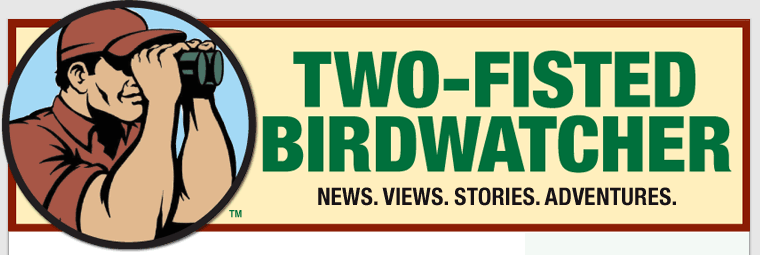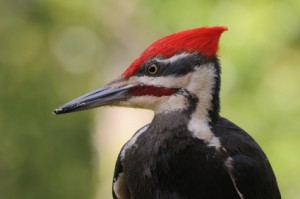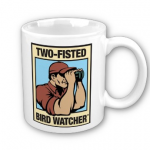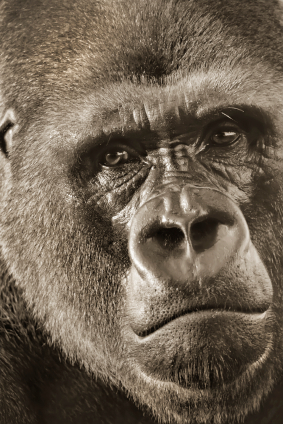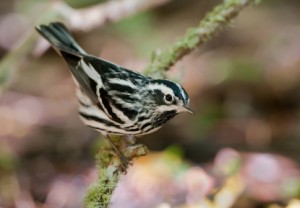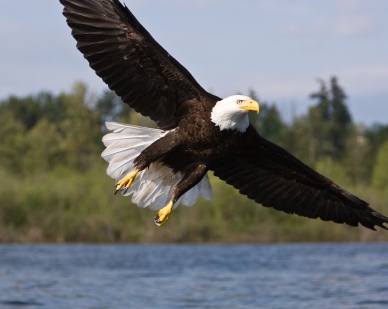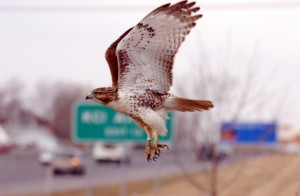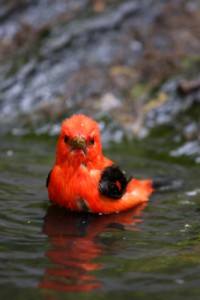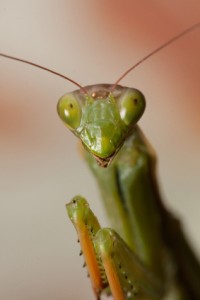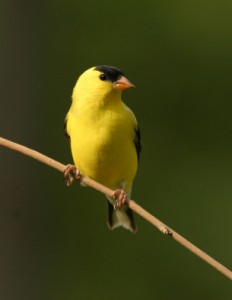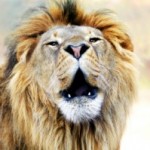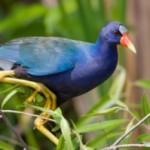It’s Daniel Boone’s birthday.
He once said: “I undertook a tour through the country…and the diversity of nature I met with expelled every gloomy thought.”
Okay, forget the fancy “diversity of nature.” Doesn’t sound like the Boone we know.
But yeah, walking in the woods does “expel every gloomy thought.”
That, and you might see something. Like the White-breasted Nuthatch I saw today.
Or a Red-breasted Nuthatch, a red-breasted Robin, a Bay-breasted Warbler, Rose-breasted Grosbeak or Yellow-breasted Chat.
Maybe you’ll see beaver sign along the river, chips of white wood around a gnawed tree. I did. Or a fast mink caught unaware during daylight.
How about a rumored Illinois mountain lion. Deer staring at you, unafraid. Sometimes, a coyote looking over his shoulder.
See, you’re not gloomy right now, just thinking about all this. Especially ‘cause you’re still thinking about those breasts. Right?
Boone more famously said: “I’ve never been lost, but I admit to being bewildered once for three days.”
Corny backwoods humor. Cut the guy some slack; it’s been over 200 years.
But I think about this quote when lost in summer undergrowth. Or in a winter whiteout.
I’ve been lost in swamp reeds too high to see over. Even lost in a tame forest within the sound of a road.
Boone never was lost, just bewildered. I’ve been both. And I’ve got him beat in the bewilderment department.
For me, it’s been more than “three days.” Try a lifetime.
This could make a guy gloomy. Which is why I go into the country to “expel every gloomy thought.”
Even if you get lost, you can see Pileated Woodpeckers in Michigan’s U.P., Gray-headed Juncos in the Rockies, Scarlet and Summer Tanagers along the Des Plaines River’s vast forest preserves.
It’s worth it. Getting lost, and being bewildered.
Here’s to November 2nd. Birthday of a two-fisted birdwatcher.
